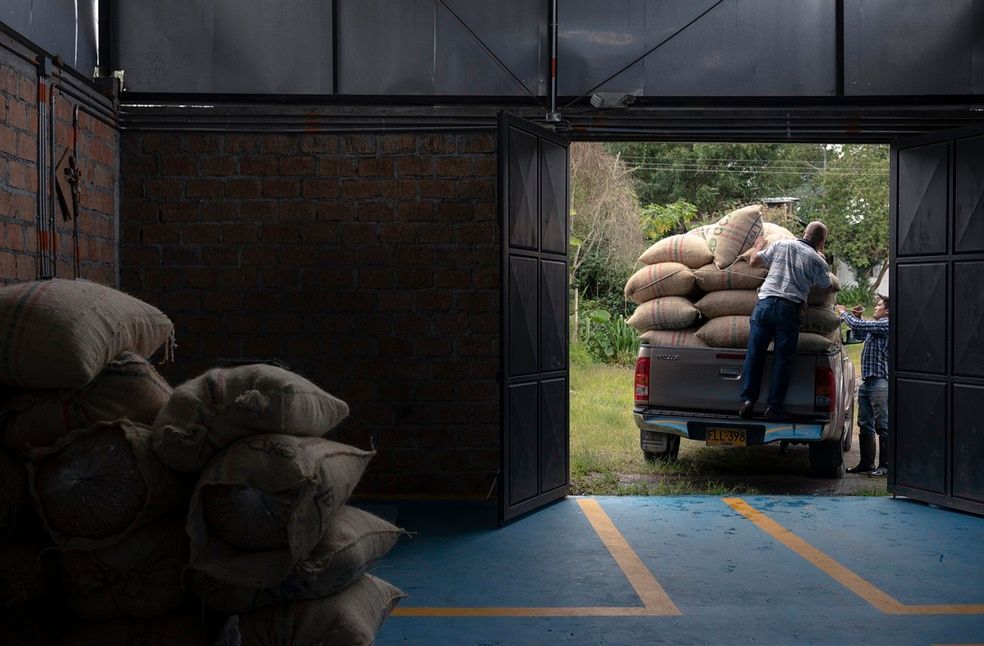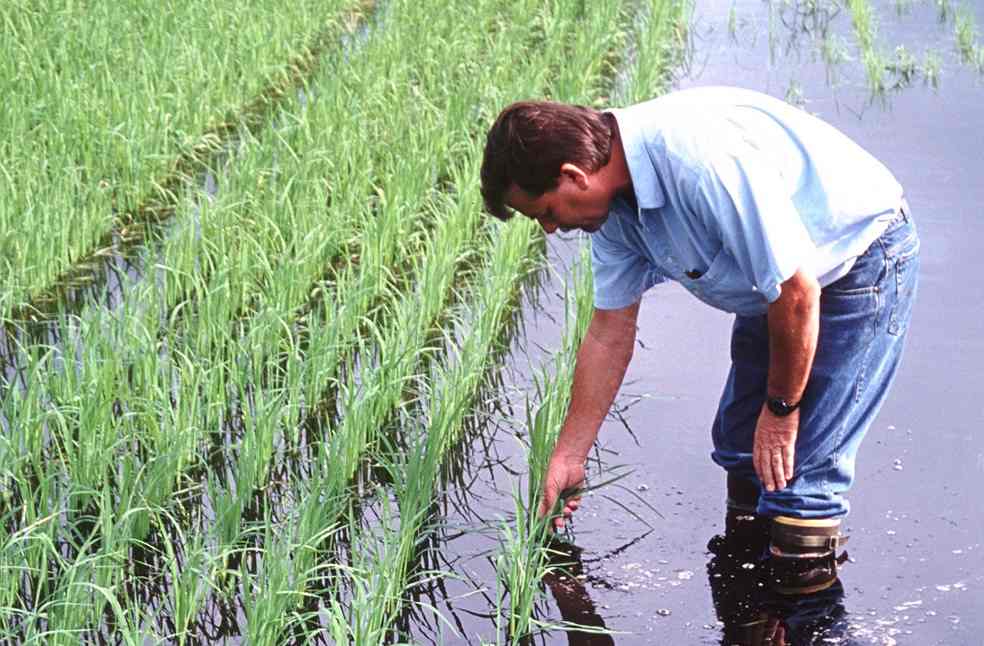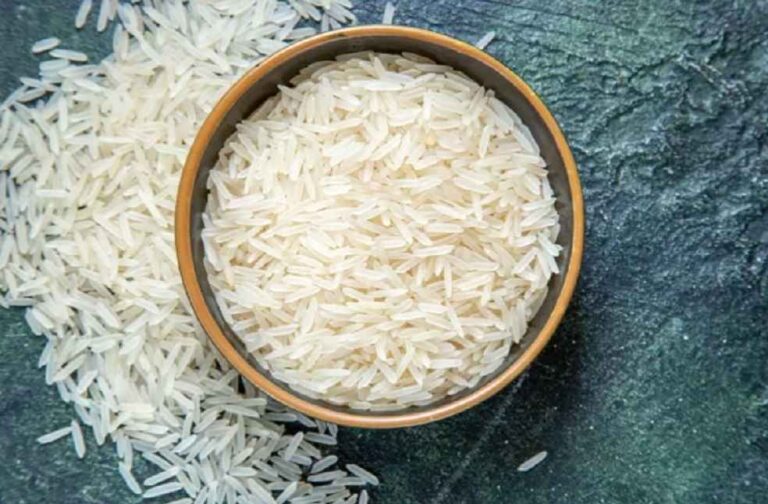The Japanese government on Friday pledged to seek new international markets and strengthen support for more efficient production methods to expand rice exports in response to a projected long-term decline in domestic consumption, Kyodo reported.
In its annual white paper on food and agriculture for fiscal 2024, approved by the Cabinet, the Ministry of Agriculture, Forestry, and Fisheries advocates expanding rice exports, even as the Japanese government implements measures to control rising domestic prices, partly due to supply shortages.
The report designated China, Singapore, the United States, Hong Kong, and Taiwan as key export destinations.

Japan’s agricultural exports hit a record 1.51 trillion yen ($10.5 billion) in 2024, with the government setting an ambitious target of 5 trillion yen by 2030, according to the report. As part of the strategy, efforts are focused on increasing rice exports, which climbed to 12.03 billion yen in 2024—a 27.8% rise from the previous year—fueled by strong demand at Japanese restaurants and retail stores.
In its medium- to long-term basic plan for agriculture, released in April, the government set a target to increase rice exports eightfold, aiming to reach 353,000 tons by 2030 from 2024 levels. To boost productivity, the government plans to expand the acreage managed by export-oriented farmers with fields of 15 hectares or more.

Additionally, the government seeks to lower production costs—from 16,000 yen per 60 kilograms to around 9,500 yen—to help domestic producers compete more effectively with foreign-grown rice.
Farm Minister Shinjiro Koizumi encouraged rice growers to increase production despite annual government guidelines aligning supply with demand. He noted that surplus rice could be exported or marketed through new strategies.
IMEX SECTOR | India Slashes Import Tax on Edible Oils to Curb Inflation



